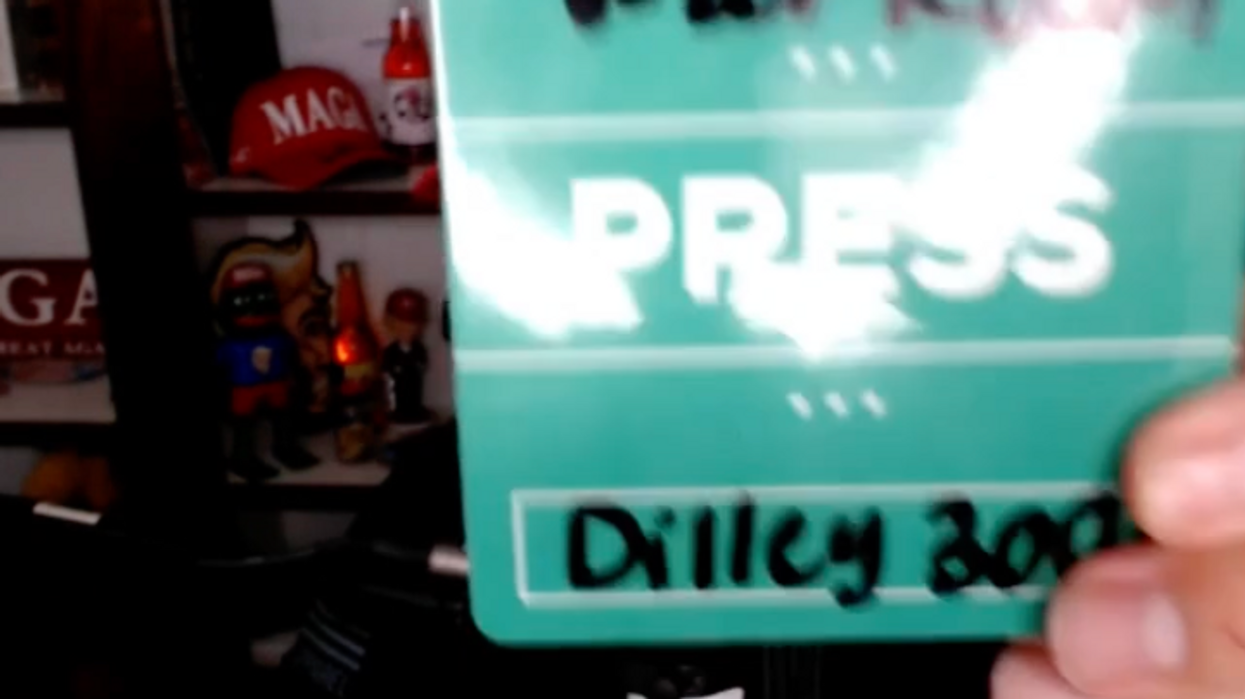President Obama didn’t have to read the American Society of Civil Engineers‘ (ASCE) new report card on the nation’s infrastructure to understand why America was given a near failing grade yet again. All he had to to do was ride in the presidential limousine on Washington, DC’s bumpy roads, of which 99 percent are poor or mediocre quality, and then cross one of the capital’s 30 structurally deficient bridges.
There was some good news in ASCE’s latest report card, which comes out every four years — the United States received a D+ grade, which is up from a D in 2009 and represents the first grade improvement in the 15 years the engineering organization has conducted the study. And none of the categories saw a grade decline from 2009. Bridges, drinking water, roads, solid waste, and wastewater all jumped up half a grade point, while rail saw the biggest gains by moving up from C- to C+.
President Obama has pushed for greater infrastructure investments since he first took office. The American Recovery and Reinvestment Act of 2009 committed $105.3 billion to infrastructure investments; his American Jobs Act of 2011 would have invested $50 billion on infrastructure projects and created a National Infrastructure Bank capitalized with $10 billion; and most recently the president pushed for more infrastructure investments in his State of the Union speech and in a speech at the Port of Miami, where he praised a new tunnel project and again called for creating an infrastructure bank, investing in a “fix-it-first” policy, attracting private investment through a “Rebuild America Partnership,” an “America Fast Forward” bonds program, and other proposals.
But these investments simply scratch the surface of what is needed. The ASCE report warns of a $1.6 trillion funding gap by 2020 and says that $3.6 trillion in funding is needed to put the nation’s infrastructure in a state of good repair (a B grade) by 2020.
An administration spokesman said, “this report confirms what we already know: that while smart investments in infrastructure have not only created jobs but started to produce the improvements American workers and businesses will need to compete in a global economy, we have a very long way to go.”
The ASCE report concludes by saying that “we must commit today to make our vision of the future a reality – an American infrastructure system that is the source of our prosperity.”
Here are five infrastructure gains that have been made since President Obama took office.
Photo: WhiteHouse.gov
Passenger and Freight Rail
California is building a high-speed rail corridor, Amtrak is enjoying record ridership, freight rail is booming. Much of the rail resurgence is thanks to historic investments Obama made in the Recovery Act and other areas of the federal government. The ASCE report states that “since 2009, capital investment from both freight and passenger railroads has exceeded $75 billion, actually increasing investment during the recession when materials prices were lower and trains ran less frequently. With high ridership and greater investment in the system, the grade for rail saw the largest improvement, moving up to a C+ in 2013.”
Photo: touring_fishman via Flickr.com
Doubling Renewable Energy
Renewable electricity generation from wind, solar, geothermal, and biomass has nearly doubled under President Obama, helping reduce the nation’s carbon-dioxide emissions to its lowest level since 1994. Clean energy output rose from 43.5 gigawatts in 2008 to 85.7 gigawatts in 2012. Examples of individual projects cited in the ASCE report include an FAA grant that helped Portland International Jetport install an innovative geothermal heating and cooling system through the agency’s Voluntary Airport Low Emission (VALE) grant program.
“I think they’re the future. I think they’re worth fighting for,” said Obama of renewable energy.
APPhoto/Pablo Martinez Monsivais
Public Transit
Mass transit projects are moving ahead through the U.S. Department of Transportation’s TIGER grants and America Fast Forward program, which was part of last year’s two-year federal transportation spending bill, called Moving Ahead for Progress in the 21st Century (MAP-21). America Fast Forward offers over $20 billion in federal loans over the next two years.
The one city that should benefit the most from America Fast Forward is Los Angeles, with an ambitious mass transit rail expansion currently under way that has been championed by departing mayor Antonio Villaraigosa. His 30/10 plan envisions building out L.A. Metro’s rail system and other transit projects in 10 years instead of 30 through federal bonds and loan finance programs like America Fast Forward in addition to the voter-approved Measure R transportation sales tax.
Photo: Omar Omar via Flickr.com
Expanding Broadband Access
The Recovery Act included $7.2 billion to upgrade the nation’s broadband infrastructure and expand high-speed broadband access to rural and underserved communities. The FCC raised the bar for acceptable broadband access speed to 768 kilobits per second and in 2011 there were 7.4 million Americans who gained this level of high-quality Internet access.
Photo: Damodar Bashyal via Flickr.com
Smart Grid
Obama has made significant investments in upgrading America’s power grid for the 21st century. The Recovery Act provided $4.5 billion to implement the smart grid, which was matched by an additional $5 billion in private funding. The Smart Grid Investment Grant and Smart Grid Demonstration programs helped install residential smart meters and other smart grid projects. PolitiFact rates Obama’s promise to modernize the nation’s electricity grid as a “Promise Kept.”
Photo: Tom Raftery via Flickr.com








